Not every shiny new car on the lot is worth your hard-earned money. Some suffer from value drops, questionable reliability, or designs that simply do not age well. Others are victims of market changes, where consumer demand shifts so quickly that what feels like a safe bet today becomes tomorrow’s regret. A few are likely to be discontinued, making them harder to maintain or sell down the road. Here are eight vehicles that could leave you second-guessing your decision within the next 24 months.
Chevrolet Malibu

The Malibu has been a mid-size staple for Chevrolet since the 1960s, but the current generation has been slowly fading into the background. Sales have fallen year after year, and Chevrolet has already begun reallocating resources toward crossovers, trucks, and electric vehicles. Historically, sedans that vanish from a brand’s lineup — like the Ford Fusion — tend to see their resale values plummet as parts and aftermarket support decline. Even if you find a good deal now, expect it to depreciate faster than most of its rivals, making it a risky purchase.
Nissan Ariya
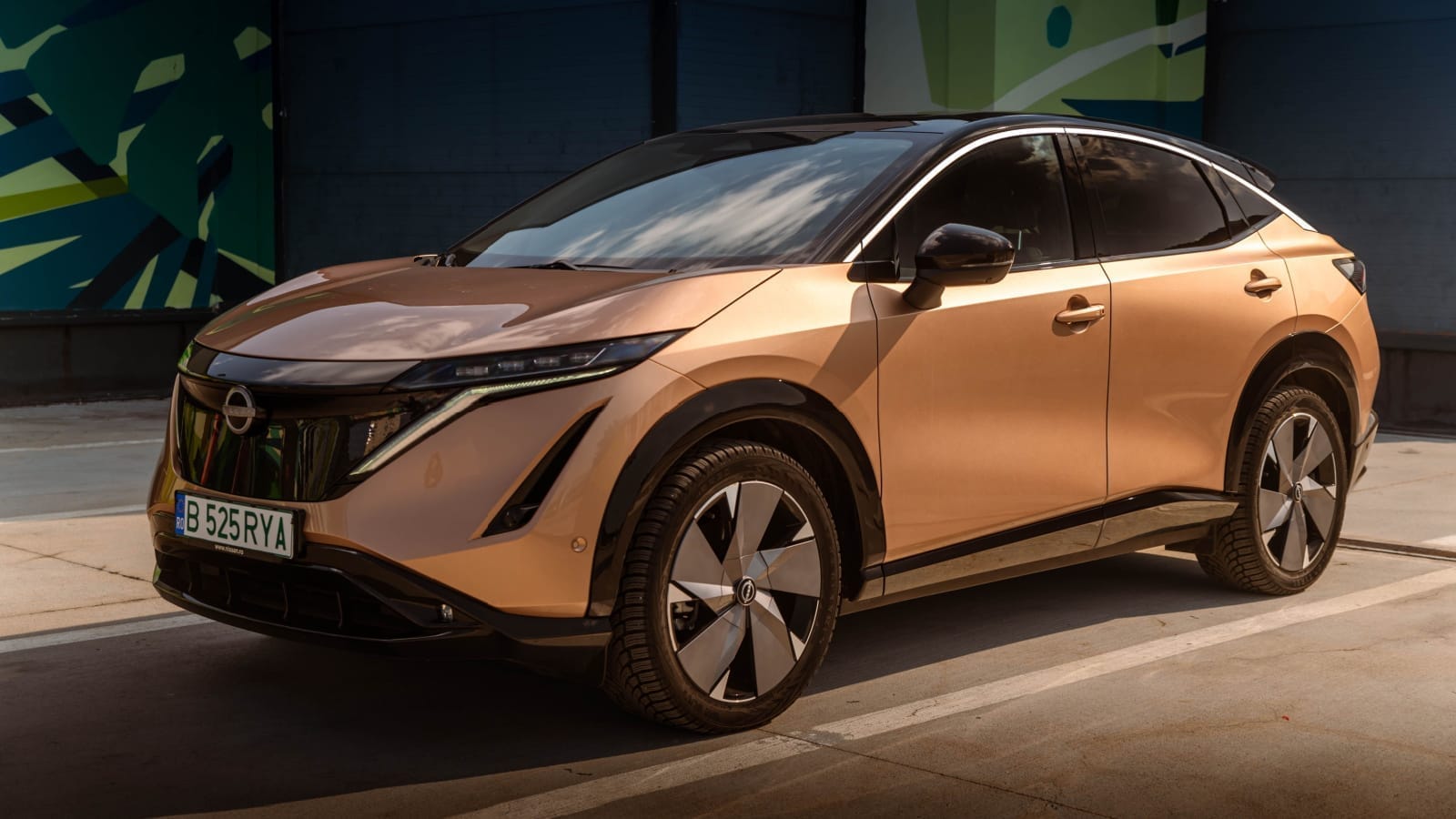
When Nissan announced the Ariya, expectations were sky-high. After all, the Leaf was one of the first widely available EVs in North America. Unfortunately, the Ariya has landed in a crowded segment with pricing that makes it hard to justify. Charging speeds are noticeably slower than those of Hyundai and Tesla competitors, and range figures lag behind newer models arriving in 2025. EV technology evolves fast — just ask early Leaf owners who saw their range dwindle while newer cars left them in the dust. Buying an Ariya now risks owning a model that feels obsolete in just a few model years.
Ford Edge

The Ford Edge has always been a competent two-row SUV, blending decent space with smooth highway manners. However, it has been around in its current generation since 2015, and the market is moving on. Ford has confirmed the Edge will be discontinued in favor of more electrified offerings. Look back at what happened to the Ford Flex or Taurus — once they were cut, values dropped sharply. The Edge is poised to follow the same pattern, meaning today’s new buyer may be facing poor resale and limited update support sooner than expected.
Jeep Cherokee
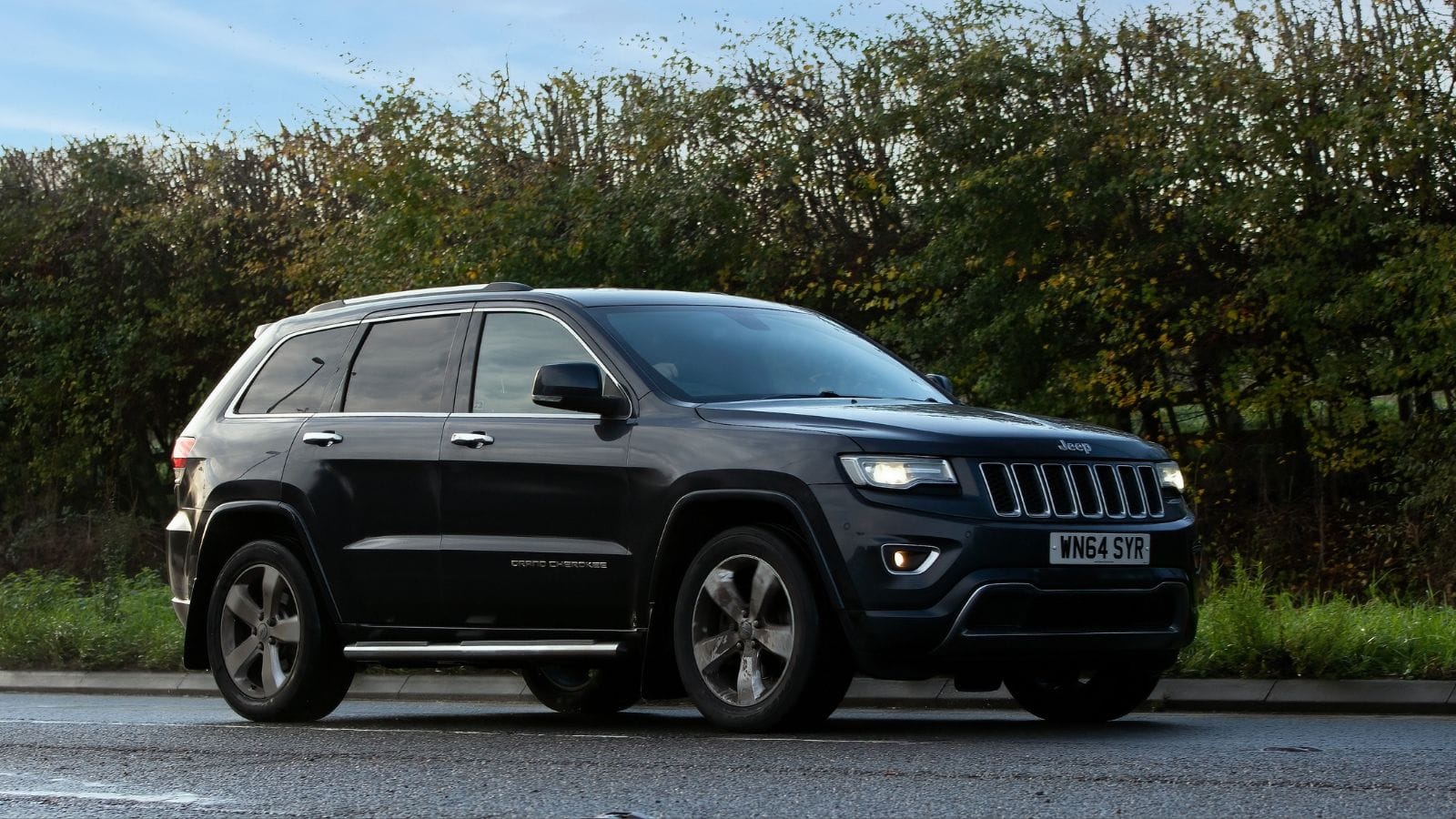
The Cherokee nameplate has decades of history, but the current iteration has struggled to connect with buyers the way its 1980s and 90s predecessors did. Sales have been inconsistent, interior tech is behind the curve, and fuel economy fails to impress against more efficient competitors. Jeep has hinted at a major restructuring of its lineup, which could push the Cherokee out of the picture entirely. Older Cherokees, particularly the XJ, became cult favourites, but the current model lacks that staying power, making it a risky new purchase in 2025.
Chevrolet Bolt EUV
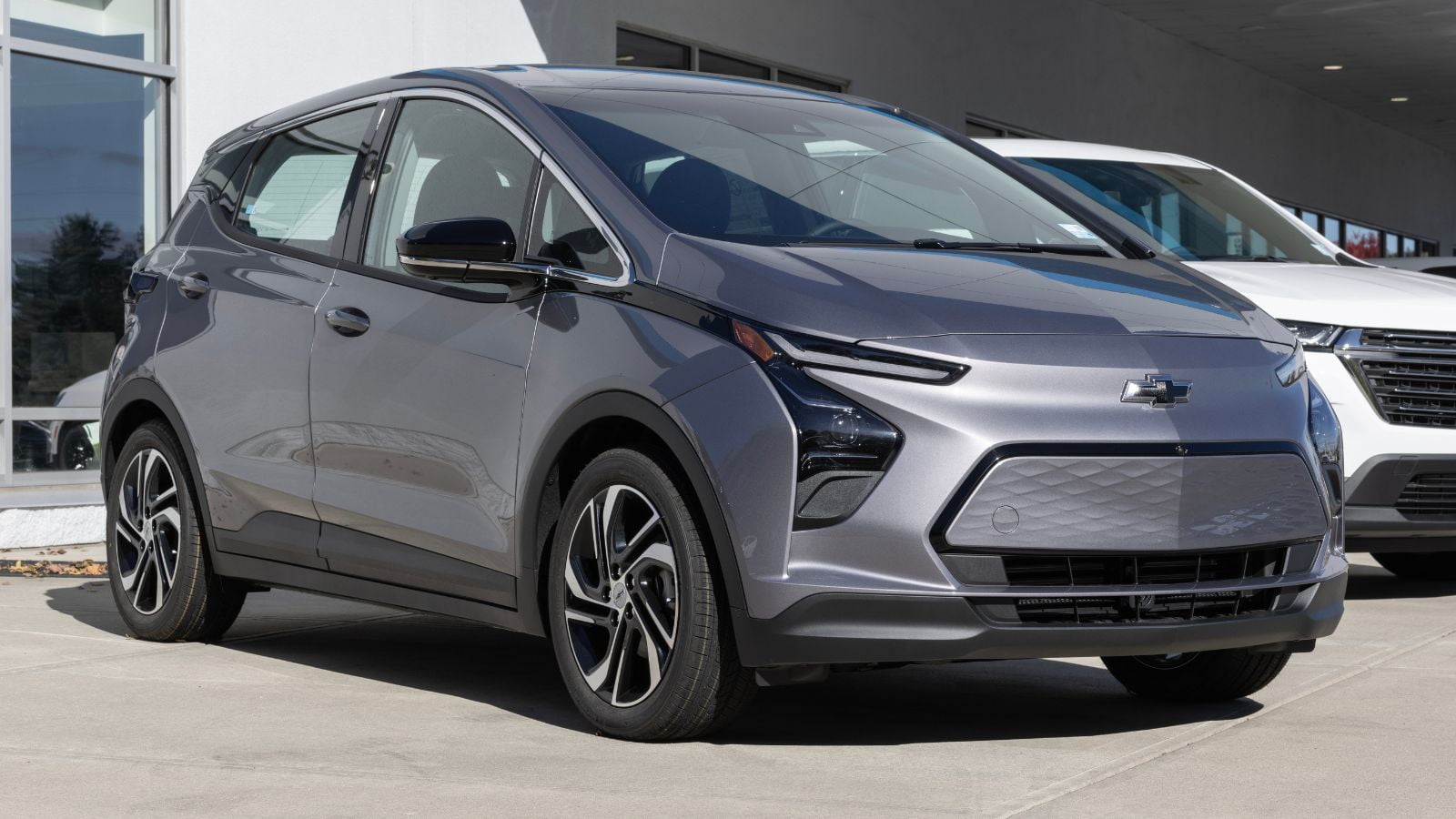
The Bolt EUV carved out a niche as an affordable electric crossover, but the landscape has changed rapidly. With GM shifting to its Ultium platform, the Bolt’s existing battery tech is now considered outdated. Historically, when major battery tech updates arrive, previous-gen EVs take a huge resale hit. Early Nissan Leaf owners saw this happen, and first-gen Chevy Volt owners experienced it as well. If you buy a Bolt EUV now, you risk being left with an older-technology EV that potential buyers overlook in favour of longer-range, faster-charging alternatives.
Toyota Mirai
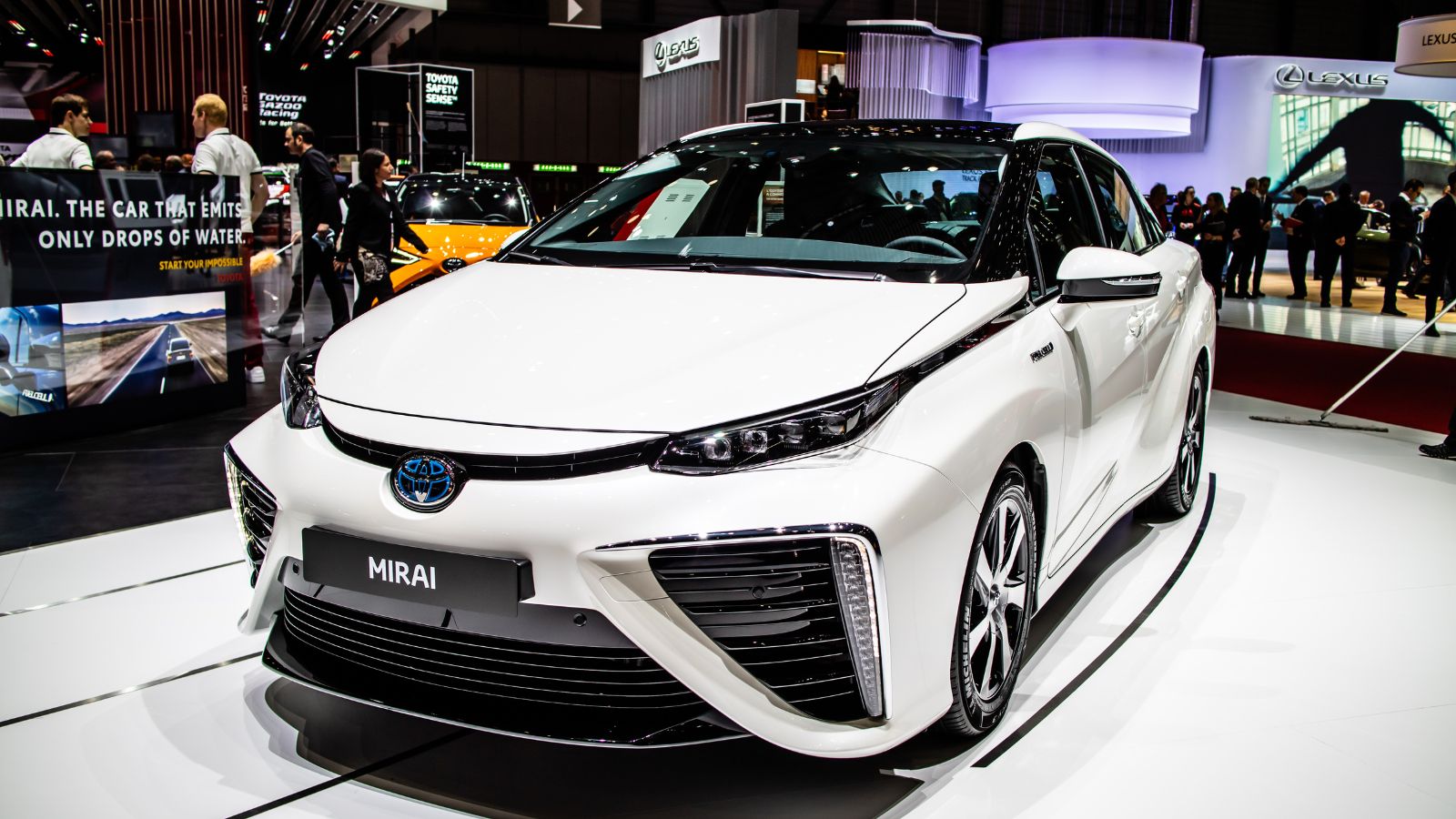
The Mirai is a technological marvel on paper — a hydrogen fuel-cell car with zero emissions and quick refuelling times. The problem is, unless you live in Southern California or a tiny handful of other regions with hydrogen stations, it is effectively unusable. Even in areas with fueling infrastructure,the reliability of the network has been a problem, with stations often down for repairs. Historically, niche-fuel cars struggle in the resale market, and the Mirai is no exception. Buyers who take the plunge now could end up with an expensive paperweight when it comes time to sell.
Chrysler 300
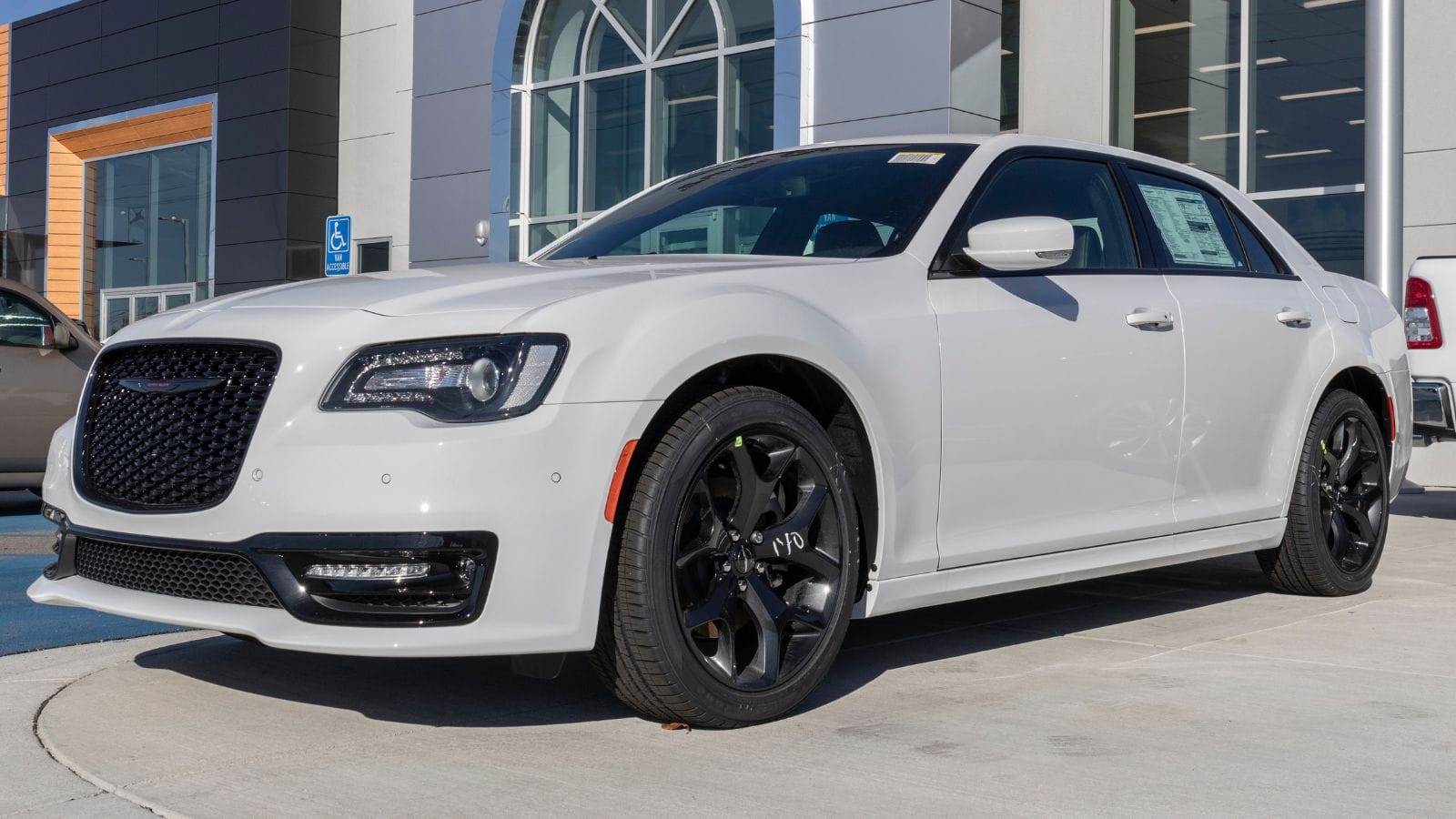
The Chrysler 300 has been a style icon and a comfort cruiser, particularly with its Hemi V8 option. However, Chrysler has officially announced the end of its production run, and replacements will likely be electric or hybrid. History shows that not all discontinued cars gain value — the Dodge Dart and Chrysler Aspen are cautionary tales. Without a strong enthusiast base willing to pay premiums, the 300 is more likely to see depreciation accelerate after it leaves showrooms for good.
Subaru Solterra
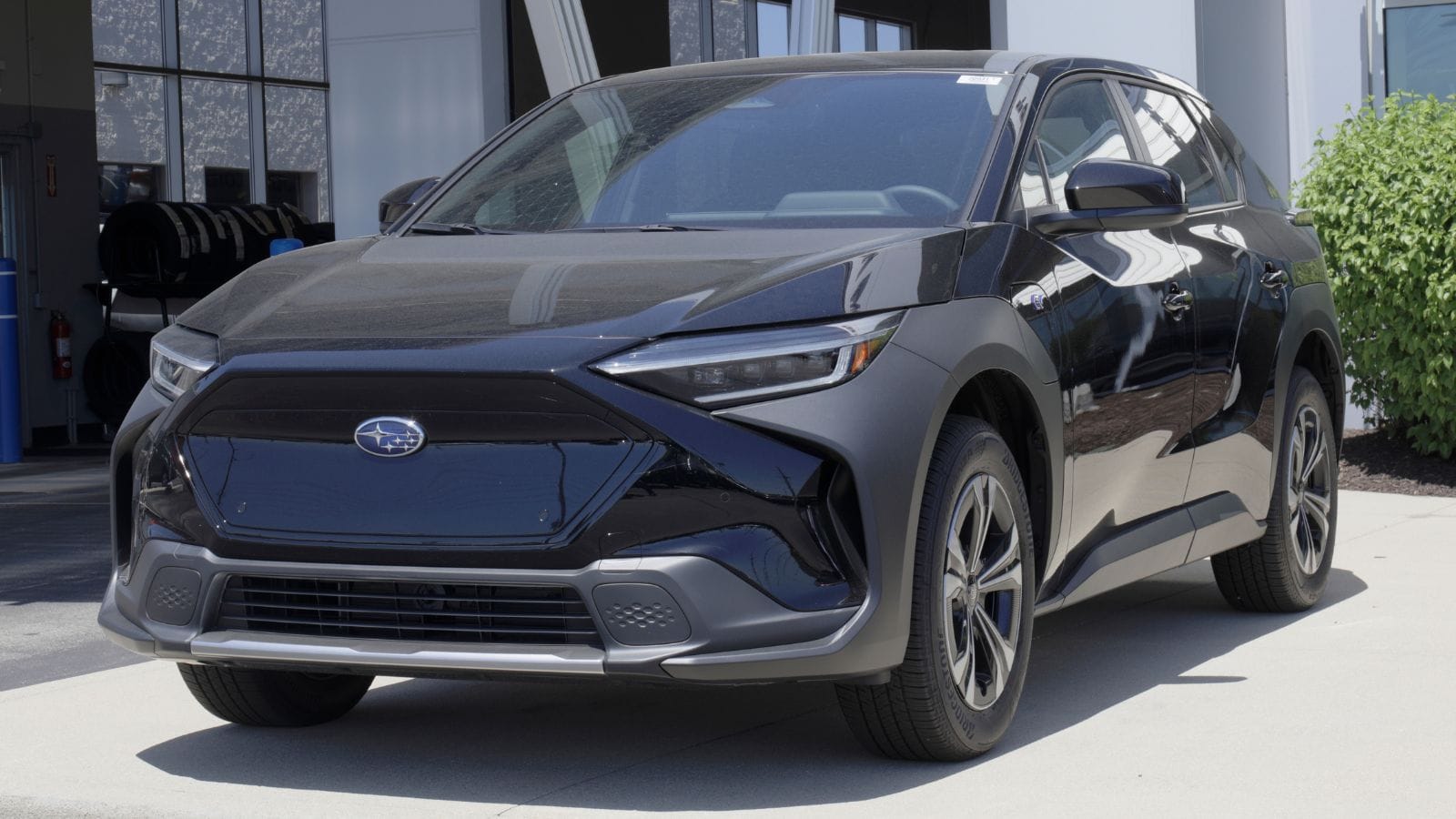
Subaru’s first all-electric SUV arrived with high expectations, but early issues — including a recall for wheels potentially falling off — dented its image. Sharing its platform with the Toyota bZ4X means it inherits the same modest range and slower-than-average charging speeds. Buyers looking for long-term EV satisfaction may find themselves frustrated in just a couple of years when more competitive models are available for the same money. Historically, underwhelming first-gen EVs do not hold value well, and the Solterra shows no signs of breaking that trend.
25 Facts About Car Loans That Most Drivers Don’t Realize

Car loans are one of the most common ways people fund car purchases. Like any other kind of loan, car loans can have certain features that can be regarded as an advantage or a disadvantage to the borrower. Understanding all essential facts about car loans and how they work to ensure that you get the best deal for your financial situation is essential. Here are 25 shocking facts about car loans that most drivers don’t realize:
25 Facts About Car Loans That Most Drivers Don’t Realize
